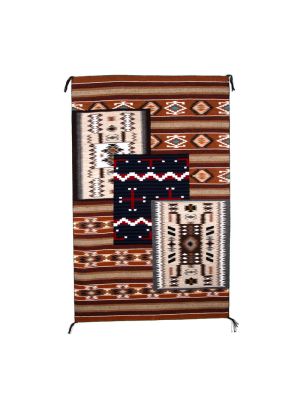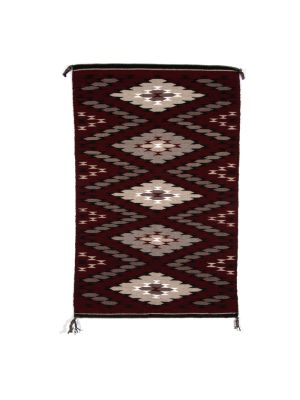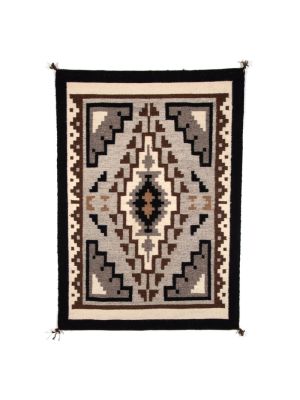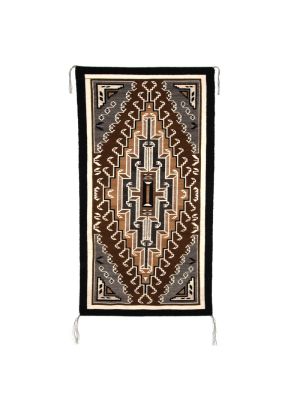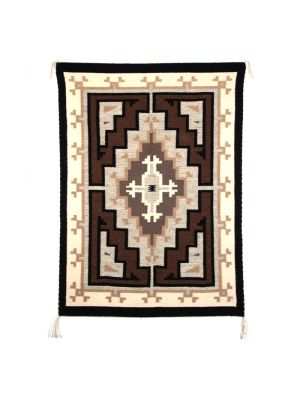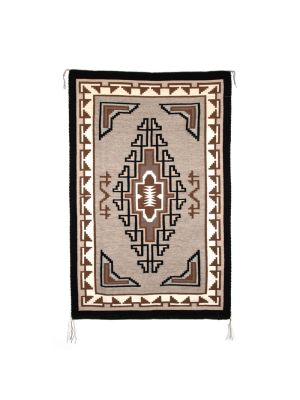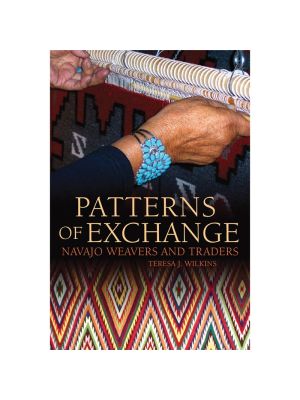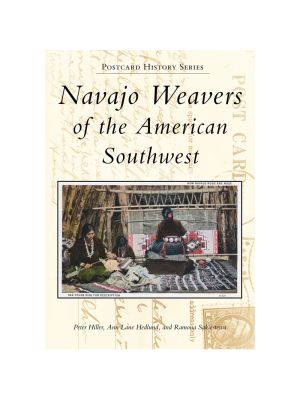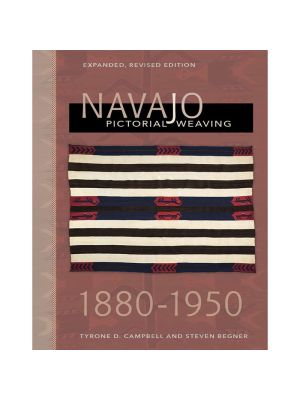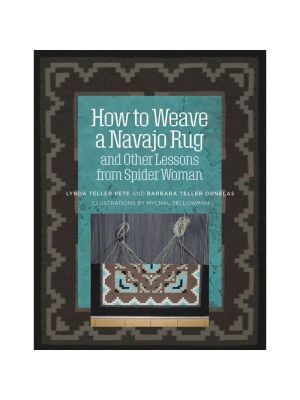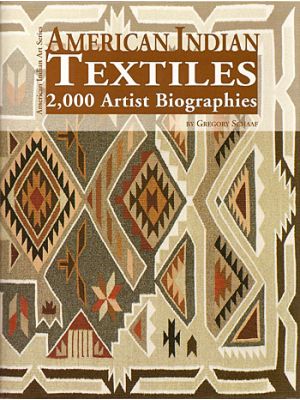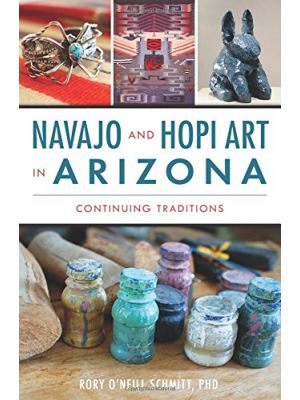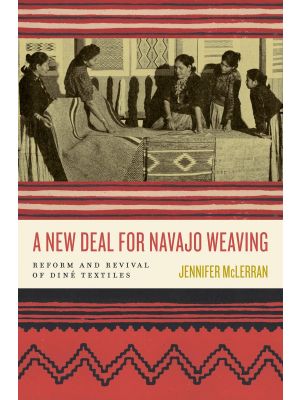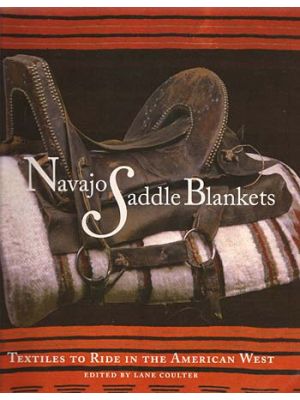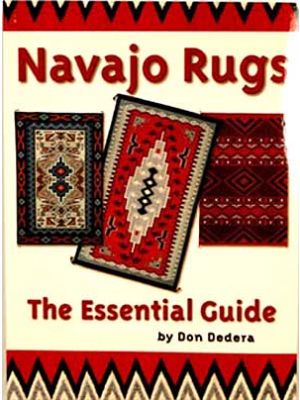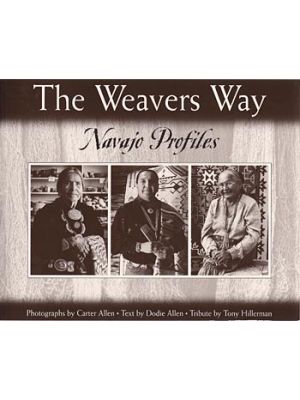- Home
- Heard Museum Shop Blog
- Weaving from Memory: How Navajo Rugs Are Made
Weaving from Memory: How Navajo Rugs Are Made
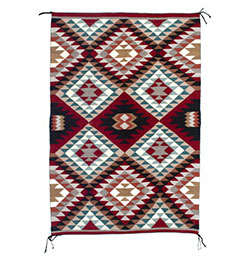
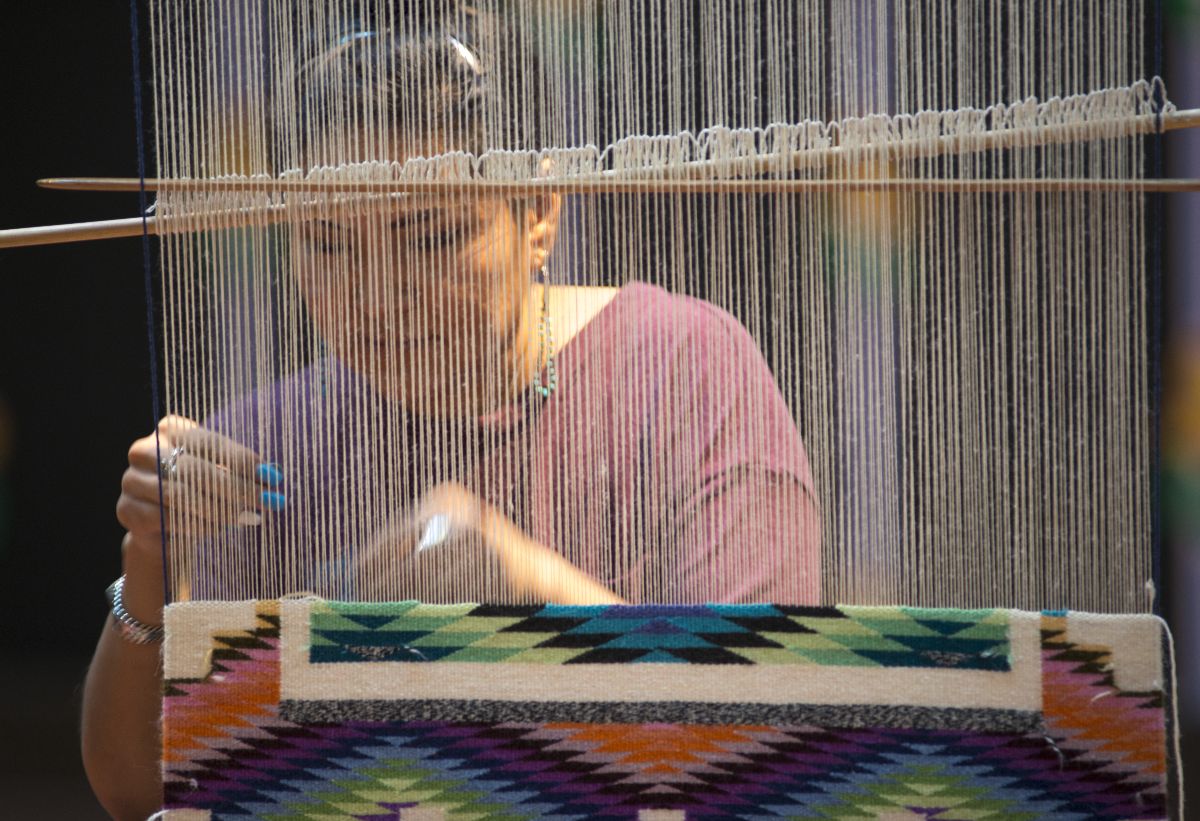
For the Diné (Navajo people), weaving is more than a craft—it is a sacred expression of balance, beauty, and relationship to the land.
According to Diné oral tradition, Spider Woman was the first to weave the web of the universe. She taught the Diné to weave, offering them a gift not just of technique, but of perspective. As Lynda Teller Pete and Barbara Teller Ornelas write, “Spider Woman gave Diné the gift of weaving. Our Holy People instructed her to weave her pattern of the universe and teach the Diné how to weave Hózhó (beauty) to bring harmony and beauty to their lives” (How to Weave a Navajo Rug, 2020).
Each rug is created slowly, with care and intention—never rushed, never repeated, and always one of a kind. The process is a reflection of the values and worldview of the Diné people, deeply connected to their land, lineage, and spirituality.
1. Preparing the WoolWeaving begins long before the loom. It starts with Churro sheep, a traditional and resilient breed cherished by Navajo herders for their long, durable wool. Sheep have been an integral part of Diné life since the 17th century, symbolizing sustenance, self-reliance, and spiritual responsibility. The wool is shorn by hand, then carefully washed, carded, and spun into yarn using traditional tools like hand spindles. This process, often done by family members, preserves the tactile knowledge passed down through generations. |
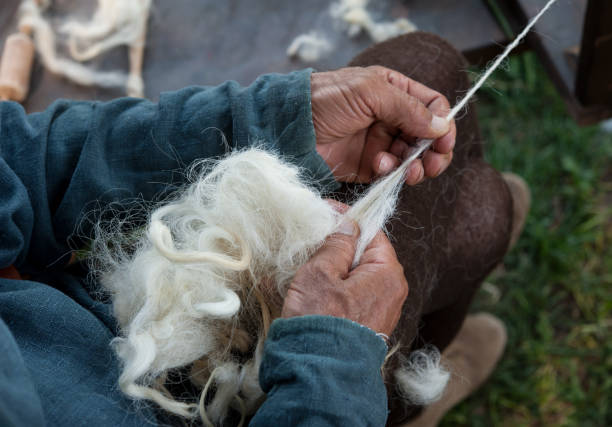 |
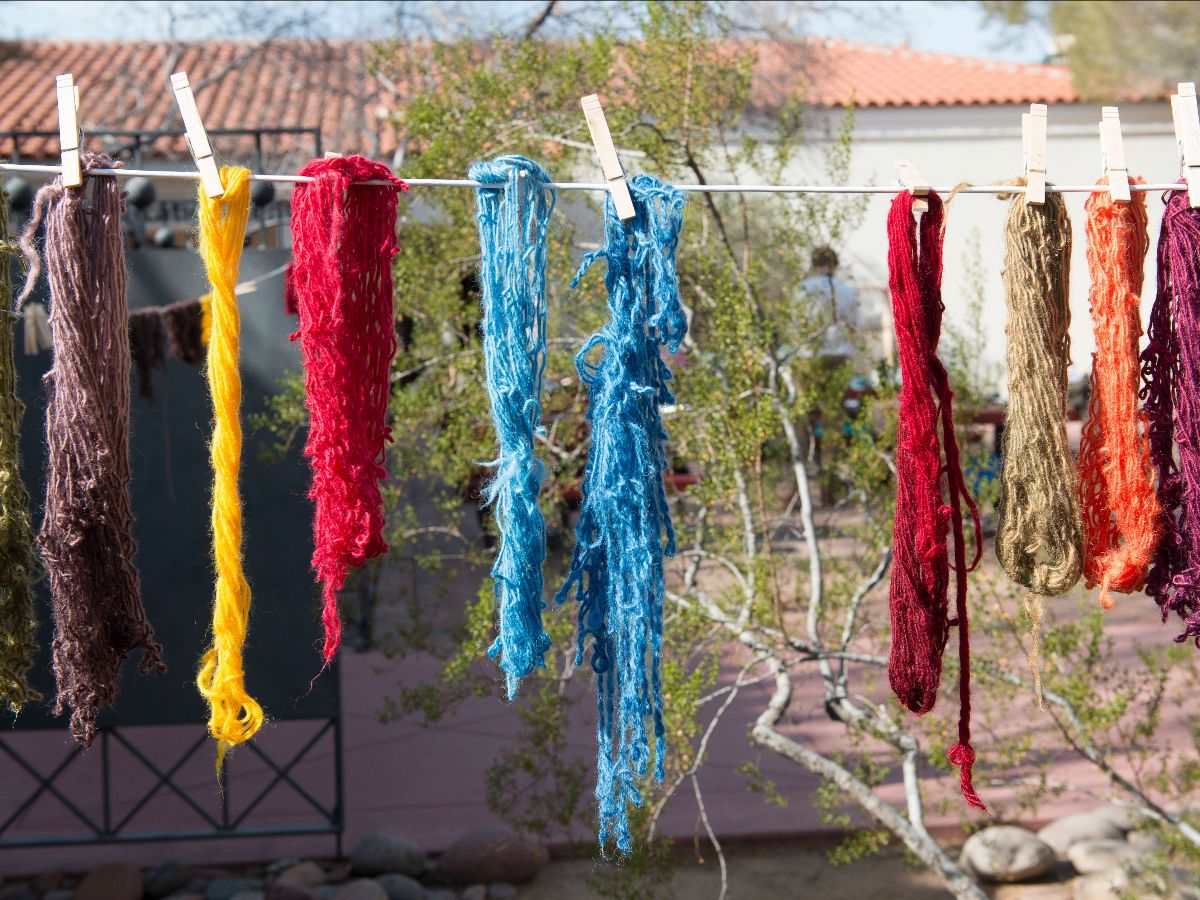 |
2. Natural DyeingColor in Navajo weaving carries not only aesthetic value, but cultural and environmental significance. Traditionally, weavers use natural dyes derived from their surroundings: · Red from cochineal insects, · Brown from walnut hulls, · Yellow from chamisa bushes, · And other hues drawn from roots, bark, and minerals. Each dyeing process is a form of intimate collaboration with the land, and each color holds meaning. No two batches are exactly alike, just as no two weavings are.
|
3. Setting the LoomThe upright loom used in Navajo weaving is sacred architecture—a vertical alignment of warp threads representing the structure of life itself. The loom is often handmade and remains a deeply personal space for the weaver. The vertical threads (warp) are carefully stretched and anchored. This step may seem technical, but it is foundational in both a structural and spiritual sense, setting the stage for what is to come. |
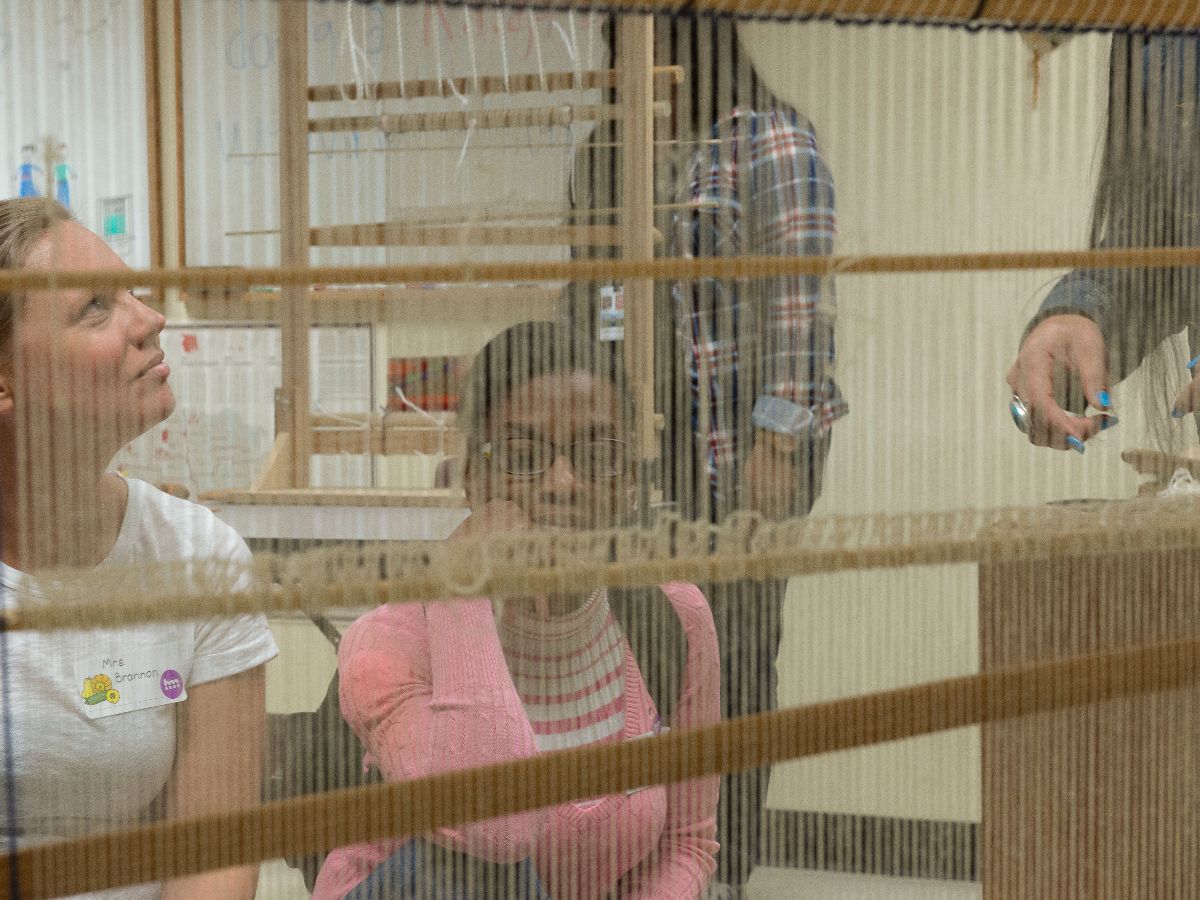 |
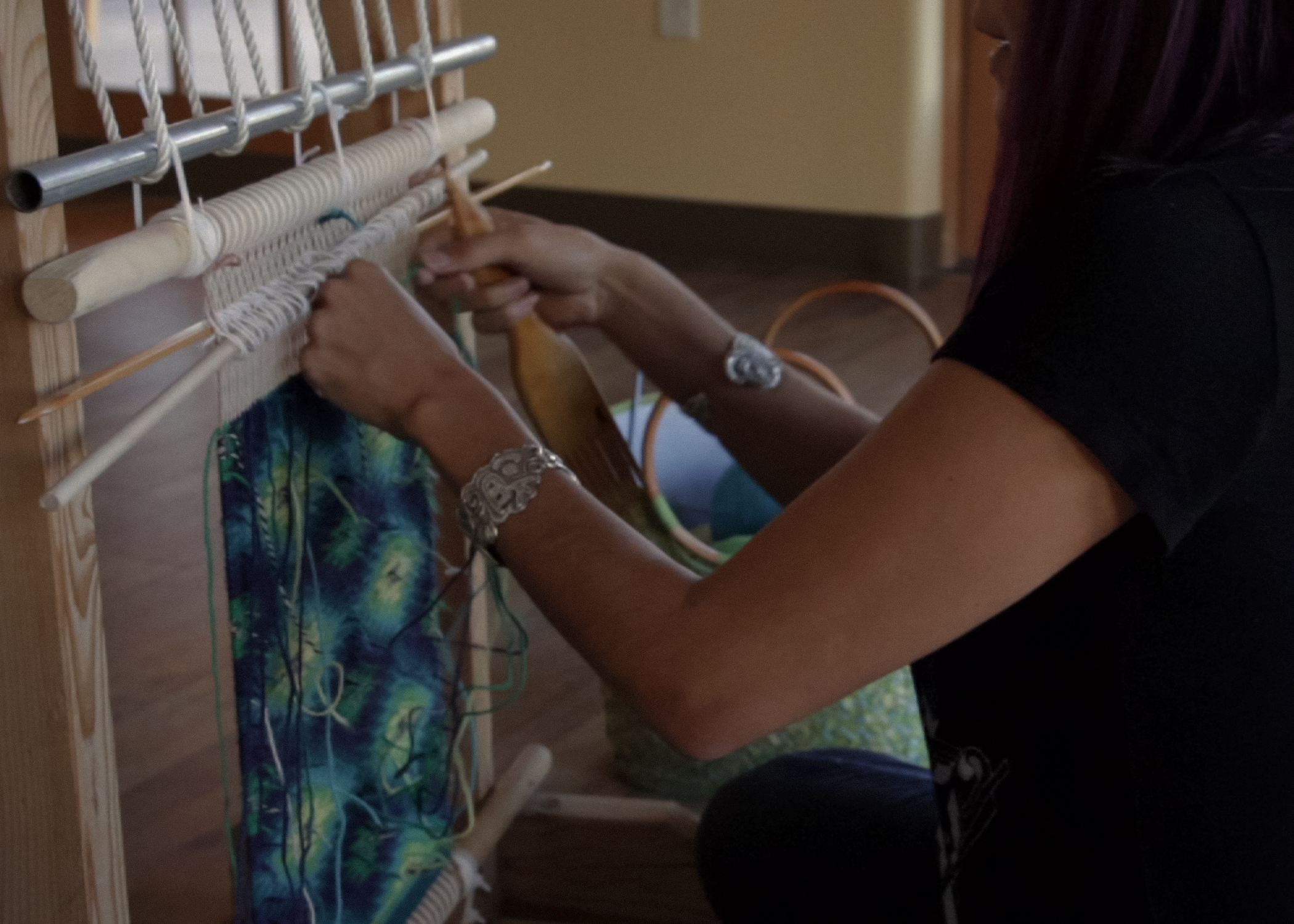 |
4. Weaving the DesignWeaving is done from the bottom up, without drawn patterns. The weaver relies on memory, intuition, and ancestral knowledge. The designs—geometric, symbolic, rhythmic—emerge over time as a kind of dialogue between weaver, loom, and spirit. Some weavers include a small imperfection or “spirit line” (ch’ihónít’i in Navajo)—a single thread that breaks the symmetry or extends to the edge. This isn’t a flaw; it’s a form of humility, a spiritual gesture that allows the weaver’s essence to exit the rug. It’s a reminder that only the Creator achieves true perfection. |
4. Finishing TouchesOnce the final rows are woven, the rug is carefully removed from the loom, trimmed, and sometimes washed to soften the wool. But the process is far from mechanical. Each rug is treated with care and respect, as the designs themselves are considered sacred. Many patterns carry symbolic or familial significance, and replicating them without permission is seen as a violation of cultural boundaries. The result is not just a textile—it is a living piece of tradition, imbued with story, land, and intention. |
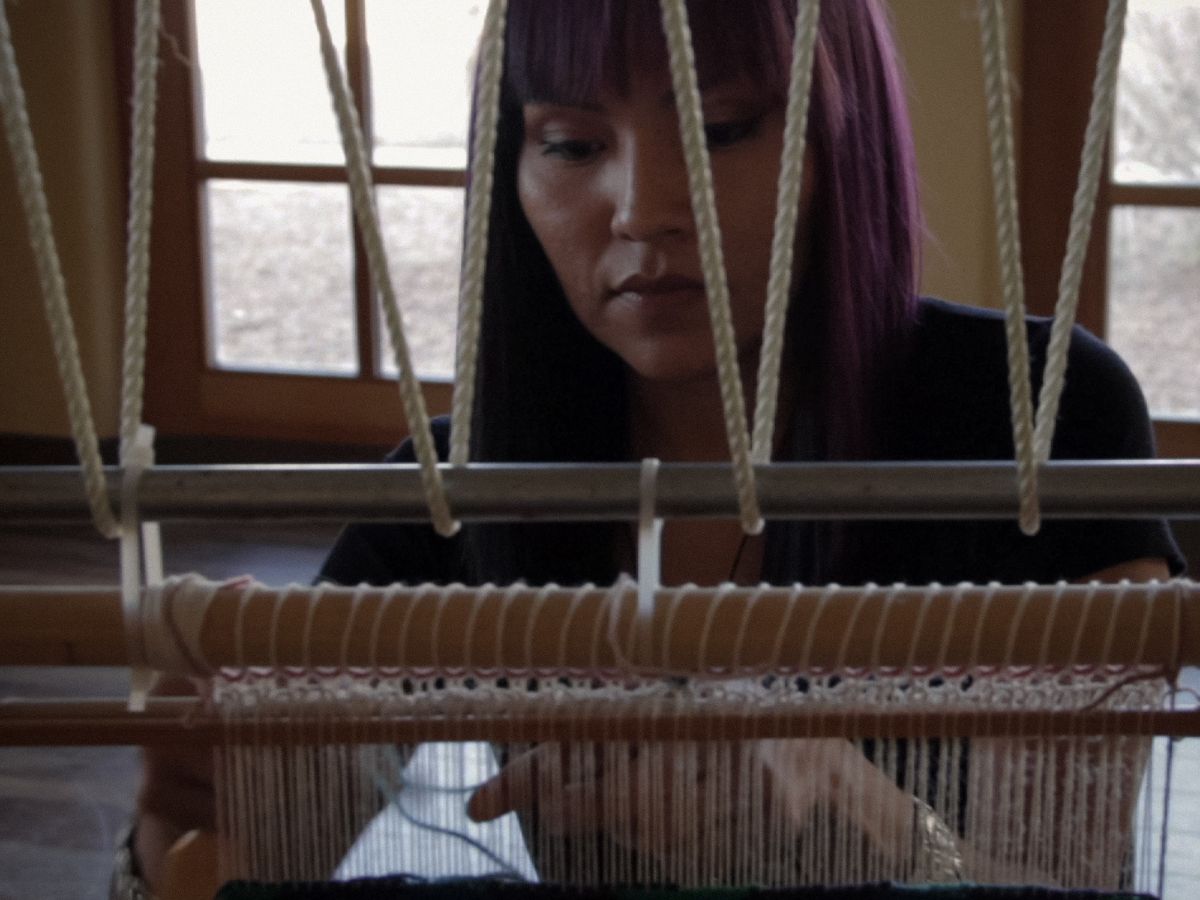 |
To Bring One Home
Bringing home a Navajo rug means welcoming a piece of someone’s vision, someone’s land, and someone’s time-honored way of life. No two rugs are alike—and each one speaks of harmony, beauty, and cultural resilience.
Explore More Navajo Textiles
Weaving Publications
Categories

